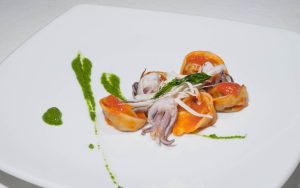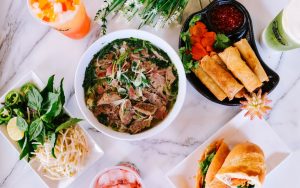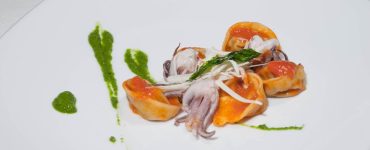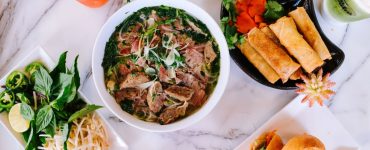When it comes to food photography, capturing enticing images goes beyond just pointing and shooting. The angles and perspectives from which you capture your culinary creations play a crucial role in the overall composition and visual appeal of the image. By exploring different angles and perspectives, you can bring a fresh and dynamic perspective to your food photography, elevating it to a whole new level.
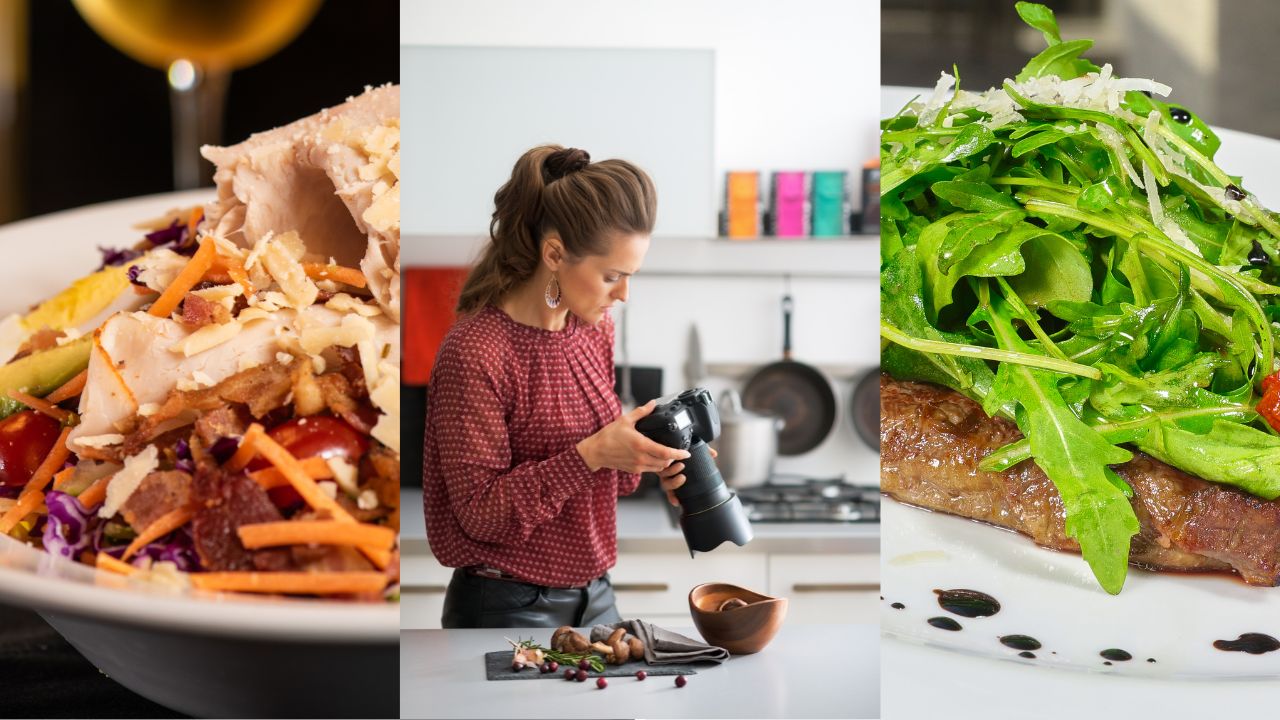
In this blog post, we will delve into the world of food photography, uncovering the art of capturing stunning images by experimenting with various angles and perspectives. Whether you’re a professional photographer or an enthusiastic foodie with a smartphone, this guide will provide you with valuable insights and practical tips to enhance your food photography skills and create captivating images that will make mouths water.
Understanding the Basics of Food Photography
Composition in Food Photography
Composition plays a vital role in food photography, as it determines how the elements within the frame are arranged and visually balanced. By following the rule of thirds, you can create visually pleasing images. Imagine a grid divided into nine equal sections, both horizontally and vertically.
Positioning key elements, such as the main dish or focal point, along these gridlines or at the intersections can add interest and balance to your composition. Additionally, consider the placement of other supporting elements, such as utensils or garnishes, to create a harmonious arrangement within the frame.
Lighting in Food Photography
Lighting is another crucial aspect of food photography that can greatly impact the overall look and feel of your images. Natural light is often preferred for its soft and flattering qualities. Consider shooting near a window or outdoors during the golden hours (early morning or late afternoon) to take advantage of the gentle, diffused light.
If natural light is not available or insufficient, artificial light sources like diffused studio lights or continuous LED panels can be used. Experiment with different lighting techniques to enhance textures, colors, and create appealing highlights and shadows that bring out the best in your food.
Exploring Different Angles in Food Photography
Top-Down Angle (Flat Lay)
The top-down angle, also known as the flat lay, is a popular and versatile perspective in food photography. By capturing the dish from directly above, you can showcase the entire plate and its arrangement in a visually appealing manner.
This angle works particularly well for capturing symmetrical and geometric patterns, such as a beautifully arranged charcuterie board or a meticulously styled dessert. Experiment with different overhead heights to find the perfect balance between capturing the entire dish and highlighting specific details.
45-Degree Angle (Eye-Level)
The 45-degree angle, often referred to as the eye-level perspective, adds depth and dimension to your food images. This angle simulates how we typically view food on a table. By shooting from a slight diagonal, you can create a sense of visual interest and realism.
The 45-degree angle is particularly effective in capturing the details and textures of the dish, showcasing the intricate layers of a cake or the grill marks on a perfectly seared steak. Adjust the height and distance from the subject to achieve the desired composition and emphasize the most enticing aspects of the food.
Low Angle (Table-Level)
The low angle perspective offers a unique and dramatic viewpoint that can make your food photography stand out. Shooting from a low angle, near table-level, can create a sense of grandeur and make the dish appear larger than life.
This perspective works especially well for capturing tall or layered dishes, like towering burgers or stacked pancakes. By emphasizing the height and layers of the food, you can evoke a sense of indulgence and make viewers crave a bite. Experiment with different angles and distances to find the perfect balance and showcase the dish from its most flattering angle.
Side Angle (Profile View)
The side angle, or profile view, allows you to capture the cross-section and interior details of the food. This perspective is particularly useful for dishes with visually appealing layers or fillings, such as cakes, sandwiches, or sushi rolls.
By shooting from the side, you can reveal the textures, colors, and intricate components that make the dish enticing. Adjust the depth of field and focus to highlight the desired elements and create a visually striking image that tells a story through its delicious layers.
Playing with Perspectives in Food Photography
Close-Up Shots
Close-up shots in food photography allow you to capture intricate details and textures that may go unnoticed from a distance. By getting up close and personal with the subject, you can highlight the delicate frosting on a cupcake, the glistening droplets on a juicy fruit, or the intricate patterns of a chocolate drizzle.
Use a macro lens or the close-up function on your camera to achieve sharp focus and bring out the smallest details. Experiment with different angles and compositions to create visually striking images that make viewers feel like they can almost taste the food.
Wide Shots
Wide shots provide context and help set the scene for your food photography. These perspectives capture not only the dish itself but also the environment and ambiance surrounding it. Consider incorporating the table setting, props, or a beautifully styled backdrop to add visual interest and tell a story.
Wide shots are particularly effective for showcasing a beautifully set table, an outdoor picnic, or a bustling kitchen. Experiment with different angles and compositions to find the right balance between the food as the main subject and the supporting elements that enhance the overall narrative.
Unconventional Perspectives
Don’t be afraid to think outside the box and experiment with unconventional perspectives in food photography. Sometimes, capturing an unexpected angle can result in the most unique and memorable images. Try shooting from underneath a glass table to capture the food from a fascinating, distorted perspective.
Or, consider a bird’s-eye view from a high vantage point to create a captivating sense of scale and context. Unconventional perspectives can add an element of surprise, intrigue, and creativity to your food photography, allowing you to showcase your dishes in unconventional and visually stimulating ways.
Using Angles and Perspectives to Tell a Story
Conveying the Cooking Process
Angles and perspectives in food photography can effectively convey the journey of creating a dish. By capturing the ingredients, tools, and preparation techniques, you can showcase the process and tell a story. Utilize close-ups to highlight the vibrant colors of fresh produce being chopped or the steam rising from a simmering pot.
Incorporate hands or utensils in the frame to add a sense of action and authenticity. Showcasing the cooking process not only adds interest but also allows viewers to connect with the effort and love put into the creation of the dish.
Highlighting Cultural or Regional Influences
Food is often deeply rooted in culture and traditions. By using angles and perspectives, you can emphasize the cultural or regional influences behind the dish. Consider incorporating relevant props, such as traditional tableware or unique ingredients, to add authenticity and context.
Use angles to capture specific details that symbolize the dish’s heritage or geographical origin. By showcasing these elements, you can transport viewers to different culinary worlds and evoke a sense of place and cultural richness.
Conveying Emotions and Sensory Experiences
Angles and perspectives have the power to evoke emotions and convey sensory experiences in food photography. Carefully chosen angles can enhance the mood and create a connection between the viewer and the food. A low angle with soft lighting can evoke a cozy and intimate feeling, while a high angle with vibrant colors may evoke a sense of joy and excitement.
Consider the textures, colors, and composition of the dish to convey sensory experiences such as the crunchiness of a freshly baked bread or the rich aroma of a steaming cup of coffee. By utilizing angles and perspectives strategically, you can create images that go beyond visual appeal and evoke a sensory journey for the viewer.
Technical Tips for Capturing Great Angles and Perspectives
Equipment and Gear Considerations
When capturing great angles and perspectives in food photography, having the right equipment is essential. Invest in a quality camera that allows you to adjust settings and lenses for maximum control. Consider using prime lenses with a wide aperture, such as a 50mm or 85mm, to achieve a shallow depth of field and beautiful bokeh. Additionally, tripod and stabilizers can help keep your camera steady, especially when shooting from challenging angles or in low light conditions.
Sometimes, you may encounter challenging shooting situations that require creative problem-solving. For limited space, consider using a wide-angle lens or shooting from above to capture the entire scene. In low-light conditions, use a tripod or experiment with different lighting setups to ensure adequate illumination.
When faced with reflective or shiny surfaces, adjust the angle or position of your lighting to minimize unwanted reflections or use polarizing filters to reduce glare. Adapt to the situation and be open to exploring alternative angles and perspectives that can still yield stunning results.
Post-Processing Techniques for Enhancing Angles and Perspectives
Post-processing is an important part of the food photography workflow, allowing you to fine-tune and enhance your images. When it comes to angles and perspectives, post-processing can help improve composition and correct any distortions. Crop and straighten your image to improve the overall balance and alignment.
Adjust brightness, contrast, and colors to enhance the mood and bring out the best features of the food. Utilize editing software with tools like the transform tool or lens correction to correct any perspective distortions that may have occurred when shooting from different angles. Remember to strike a balance between enhancing the image and maintaining its natural appeal.
Conclusion
In the ever-evolving world of food photography, mastering the art of capturing delicious images requires creativity, experimentation, and a keen eye for angles and perspectives. By understanding the fundamentals of composition, harnessing the power of lighting, and exploring various angles and perspectives, you can transform ordinary dishes into mouthwatering masterpieces.

